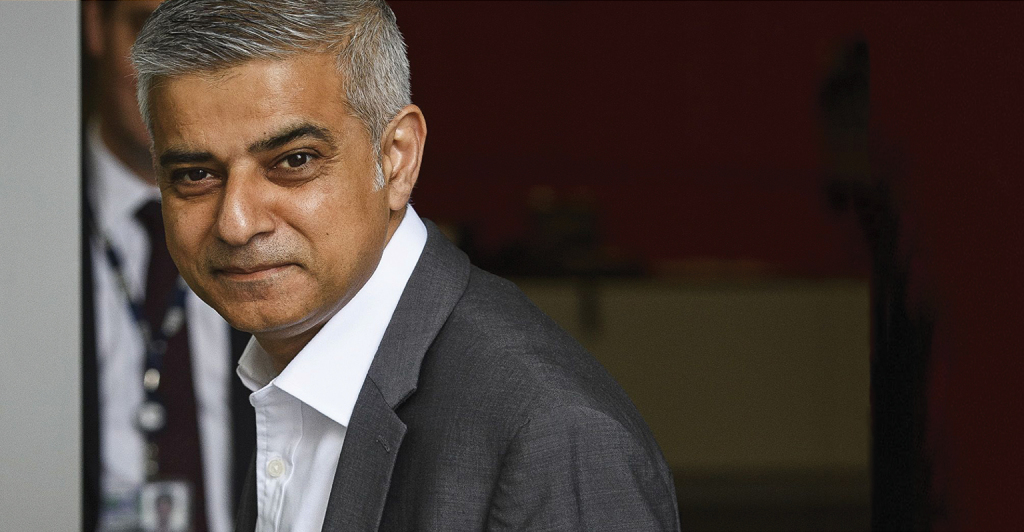 Housing was at the very heart of the London mayoral election. Indeed, the final ComRes polls revealed that housing was the number one concern for Londoners – up from fourth in order of importance in 2012, after jobs, crime and transport. Likewise, a separate poll showed that 55.7% of the capital’s residents wanted the new mayor to focus as much as possible on the housing crisis above all else.
Housing was at the very heart of the London mayoral election. Indeed, the final ComRes polls revealed that housing was the number one concern for Londoners – up from fourth in order of importance in 2012, after jobs, crime and transport. Likewise, a separate poll showed that 55.7% of the capital’s residents wanted the new mayor to focus as much as possible on the housing crisis above all else.
Although he hails from a different political party than his predecessor, Sadiq Khan faces the same sizeable task: how to build more homes, and at a much faster rate. Under Boris Johnson, an average of 18,364 new homes were built each year. Despite this rising to around 25,000 homes in 2015, this is still less than a third of the 80,000 houses the new mayor has pledged to construct.
Despite reports of a slowdown in the growth rate in April due to the 3% SDLT surcharge on additional homes, all major indices are showing strong annual house price growth in the capital, underlining the importance of Khan achieving his goal.
While some argue that Greater London’s green belt should be the scene for new development – indeed, research by the London School of Economics found that 1.6m houses could be built in these areas – there is another solution, which both Khan and his Conservative opponent to their credit rightly highlighted: brownfield sites.
Certainly, this is nothing new and there have been various policy announcements by both the UK government and the Greater London Authority in recent years to encourage brownfield development.
Last year the government established a London Land Commission to identify surplus public sector land with the aim of helping London develop 100% of its brownfield land by 2025. The LLC was also given a £1m budget to create a register of commercial and industrial public sector land that could be redeveloped, in part because local authorities and other public groups had little or no idea of how much brownfield land they owned.
But there still appears to be a disconnect between the affirmative rhetoric of the capital’s policymakers and the action on the ground.
There are a number of reasons for this, but two of the most commonly cited are a slow and costly planning process, and difficulty in financing such developments, particularly where the time and cost of decontaminating land is prohibitive.
The planning process needs to be looked at. These schemes often comprise large and complicated sites which require a lot of time from architects and other planning professionals to devise a planning application that would be viable both financially and at a social level for residents and occupants.
Add to this cost the added risk that, due to the OJEU process, a developer could invest years in obtaining a planning consent only to lose the bid to acquire the site to another developer, and many SME developers are put off from even applying to acquire such schemes.
Furthermore, even once a site obtains planning permission, the development may be unviable for developers due to high up-front costs of clearing and decontaminating the land.
The new mayor can help with this, and not only by reducing the asking price for the land to offset these additional costs.
One option would be for the GLA, or the local borough that owns the brownfield land, to defer payment to the back end of the project, freeing up developer cash flow. Another would be to share the risk and reward with developers by selling the land at a lower price but with an overage clause that could result in a higher payback for the GLA.
With a clear electoral mandate, London’s new mayor now has his best opportunity to grasp the initiative on voters’ number one issue – and he cannot afford to wait to get the diggers rolling to reach his ambitious building targets.
An estimated additional 365,731 new homes could be constructed on brownfield land in the capital.
That is why, in his first weeks in City Hall, Khan could do a lot worse than addressing Londoners’ greatest concern head on by looking at accelerating brownfield development.
Randeesh Sandhu is chief executive of Urban Exposure











